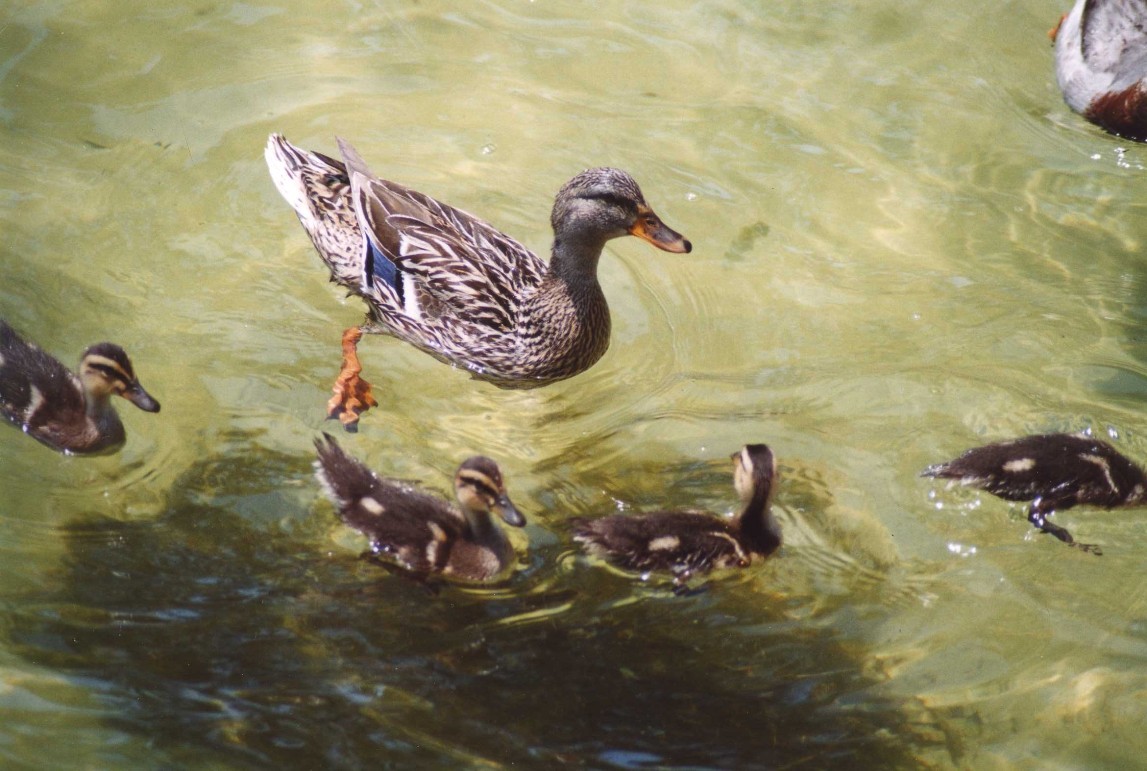 |
| Lamar Williams in his shop |
If you talk turkey hunting long enough to a good hunter, the
name Lamar Williams invariably comes up. Furthermore you do not have to
be talking to someone in Starke. Lamar is renown as one of the best
custom turkey call makers in the entire United States. He is a long time
resident of and grew up in Starke. He graduated from Bradford
High School and built his first turkey call in his high school shop class under
instructor Ted Oglesby.
If you plan to purchase a turkey call from Lamar, make sure you
have an alternative for the next two years, because that is about how long his
waiting list is. However if you just want to talk about turkey hunting,
you will find him to be an easy conversation as this writer already knew and
rediscovered on Monday of last week related to some of the topics that follow.
Regarding how he got to be so successful at making turkey calls,
Lamar indicated that he got to know a gentleman named Neil Cost. Lamar
describes Mr. Cost as the grandfather of all turkey callers. Mr. Cost
shared some design concepts with Lamar before he died, and Lamar got really
serious about developing the best turkey call possible. As a result, he
has developed a call that he is really proud of and that many people
seek. More directly Lamar noted that he has been “really blessed” in
knowing the people that he has know and being able to do something so well that
he really loves. Despite the demand for his calls, he makes only about
200 calls yearly.
As to whether Florida is a better deer or turkey hunting state,
Lamar reluctantly says: “from a national perspective, it is a better turkey
hunting state.” He said, “if people are really serious about hunting
deer, they’ll go up north or out west to shoot the big deer. But, if they
are really serious turkey hunters, the people up north and out west are coming
to Florida to shoot an Osceola Turkey. Serious turkey hunters want to
score a grand slam, which means that they must shoot four subspecies of wild
turkeys, one of which must be an Osceola Turkey that lives in Florida.”
When asked why anyone would pay his price and wait for two years
for one of his turkey calls, he thought and said, “You wouldn’t. You
would go down to WalMart and buy one there. Just like if you had a kid
who wanted to get into music and learn to play a guitar. You’d get it from
WalMart. But if the kid got good at the music and put out a couple of top
10 hits, he’d trade that first guitar in and get a Gibson or a Fender.
That’s the kind of clients I have. They’re master turkey hunters.
They already have many calls, but want a new one from a different type of long
grain acoustical wood that is honed to the perfect tone and pitch for that kind
of wood. And some are collectors who know if they hold it for fifteen
years and then sell, they’ll get more in return than they paid.”
If you would like to talk turkey hunting with Lamar, it will
have to be after or before hunting season. Do not forget him though,
because he is a wealth of information about turkey hunting and a good
conversation.
